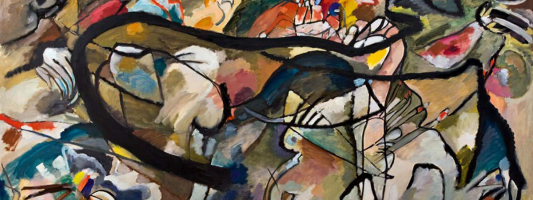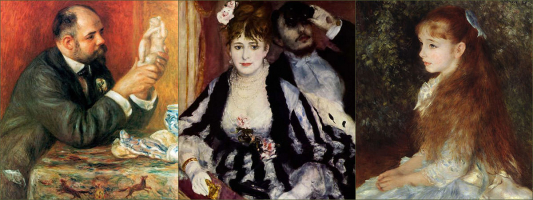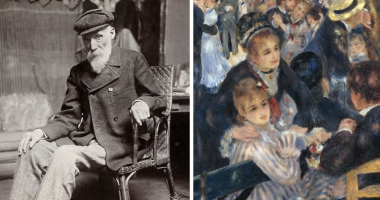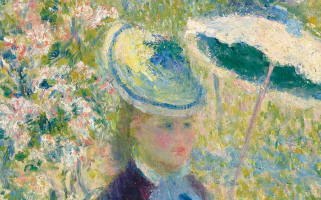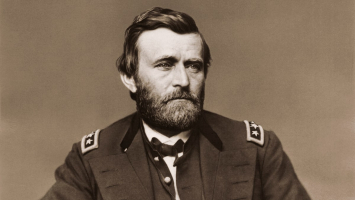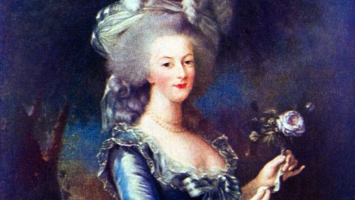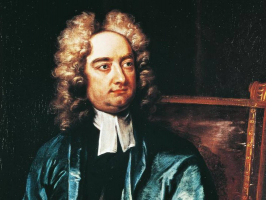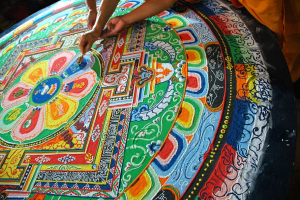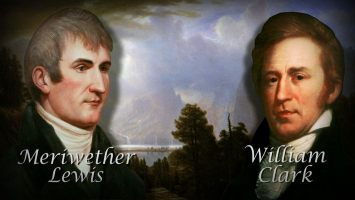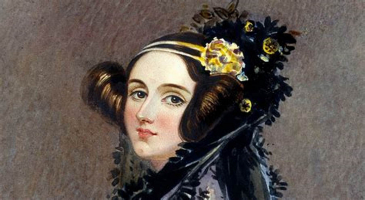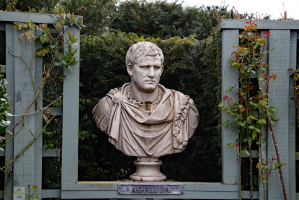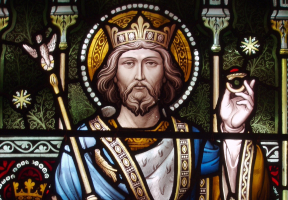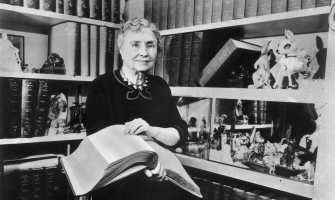Top 7 Key Facts About Pierre-Auguste Renoir And His Art
Pierre-Auguste Renoir was a French painter widely recognized as one of the greatest of the nineteenth century. Despite the fact that he left Impressionism in ... read more...the middle, he is remembered as one of the movement's forefathers. Renoir married Aline Charigot, one of his models, and they had three kids together, one of them is the Oscar-winning director Jean Renoir. Let’s discover the key facts about Pierre-Auguste Renoir and his art.
-
Leonard Renoir, a tailor by trade, and his wife Marguerite Merlet raised Pierre Auguste Renoir in an impoverished family. Due to financial troubles, he had to drop out of school in 1854 and start working as a porcelain painter at Lévy Frères. When porcelain ornamentation became industrialized in 1858, he lost his job. He made money for the following few years by, among other things, painting images on window blinds.
He was allowed permission to produce replicas of artwork in the Louvre, France's premier museum, when he was eighteen years old. He resumed studying art a year later, and his contribution to the annual state-sponsored Paris Salon was accepted in 1864. He had attained financial success by the 1880s and was a world-renowned artist by the turn of the century. Renoir visited the Louvre shortly before his death in 1919 to have his paintings displayed alongside those of the old masters he copied and revered.
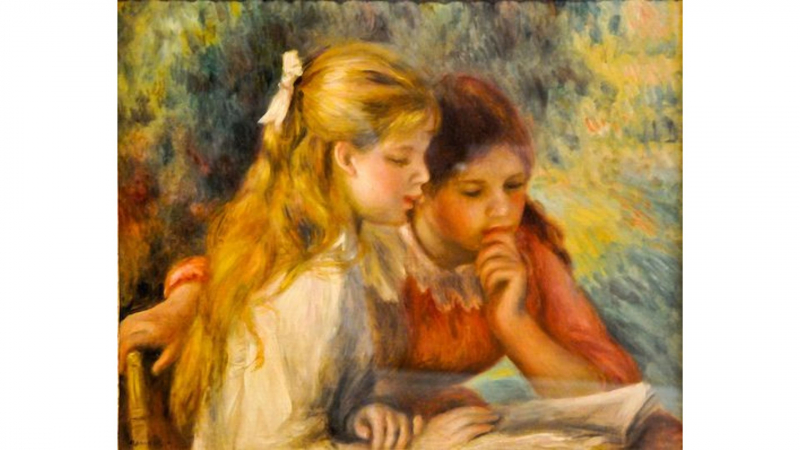
Source: Pinterest 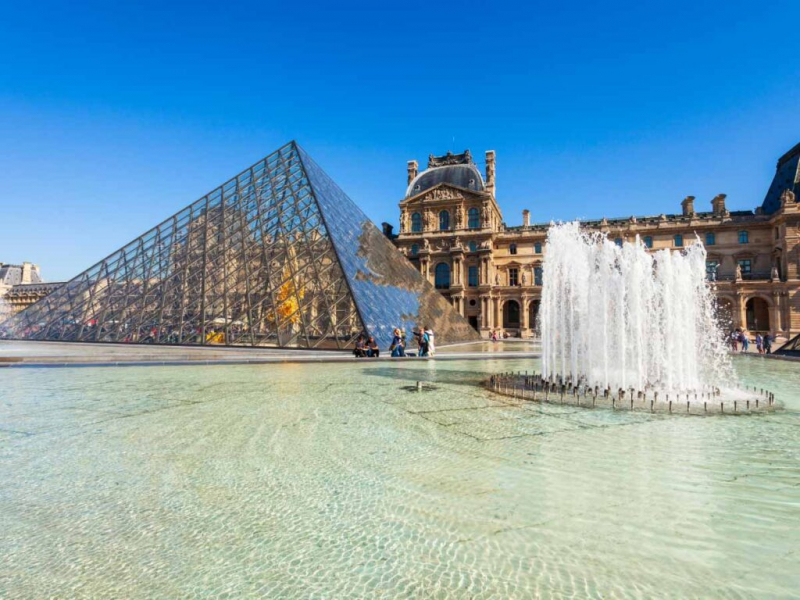
Source: Dreams in Paris -
One of the most interesting and key facts about Pierre-Auguste Renoir and his art is that Renoir has been described as an impressionist pioneer. Impressionism began in France and was a profoundly important painting trend. Renoir and Claude Monet created a number of the theories, techniques, and practices that would lead to Impressionism in 1869. Painting en plein-air ("open air"), or painting outside to capture the effects of light and atmosphere, a sketch-like method of utilizing broad, loose brushstrokes, and the use of vivid color to express light and atmospheric effects were among them. In the 1860s, the prestigious Paris Salon approved Renoir and Monet's works. Their paintings were routinely rejected until they began experimenting with new approaches.
As a result, the two decided to form an autonomous artist's society. Camille Pissarro, Edgar Degas, Paul Cézanne, and Berthe Morisot were among the first to join them. In 1874, the society held its own show, which is today considered the first Impressionist exhibition.
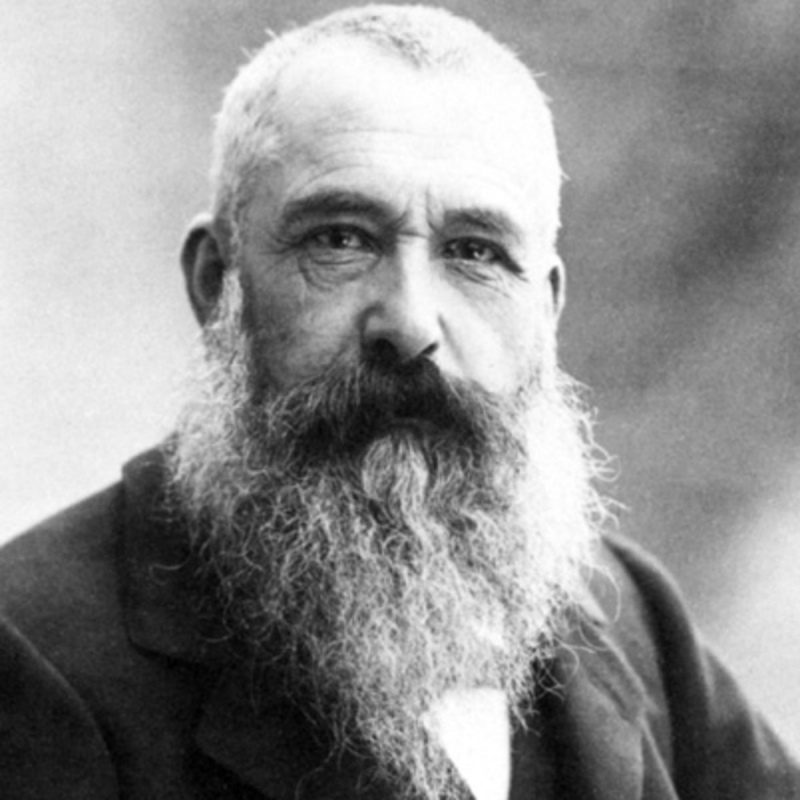
Source: Blendspace 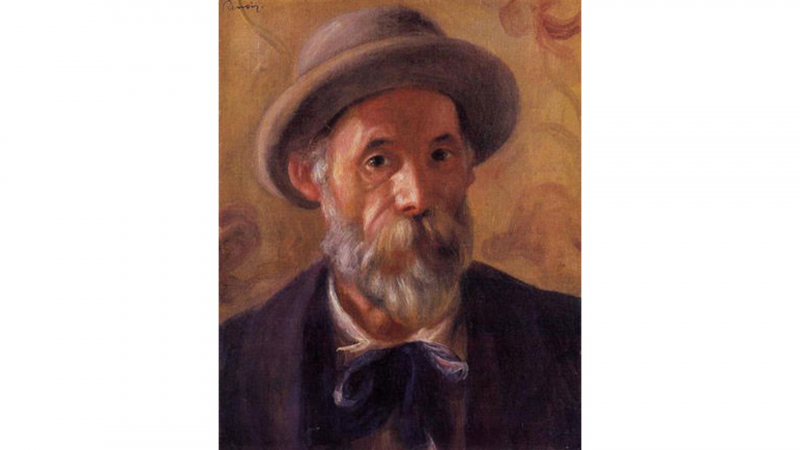
Source: learnodo-newtonic -
Clémence Tréhot, Lise's older sister, was a fan of the artist Jules Le Coeur and introduced her to Renoir. She was 18 when they met in 1865, and Renoir was 25. She became his inspiration and lover very quickly. Between 1866 and 1872, he painted several portraits of her, including La Promenade (1870) and Woman with Parrot (1872). During their courtship, Lise gave birth to two children, both of whom were adopted. Jeanne, unlike their son, survived childhood and even corresponded with Renoir. Renoir went to considerable lengths to keep his relationship with Lise and their daughter hidden from his friends and relatives.
Renoir covertly paid for his daughter Jeanne throughout her life, including a dowry for her 1893 wedding, by sending her money with each letter. Renoir gave Jeanne a modest pension. His family and most of his pals were unaware of her existence at the time. Renoir had two children with Lise Tréhot, according to letters discovered by researcher Jean-Claude Gélineau in 2002. Renoir's well kept secret was thus revealed to the rest of the world.
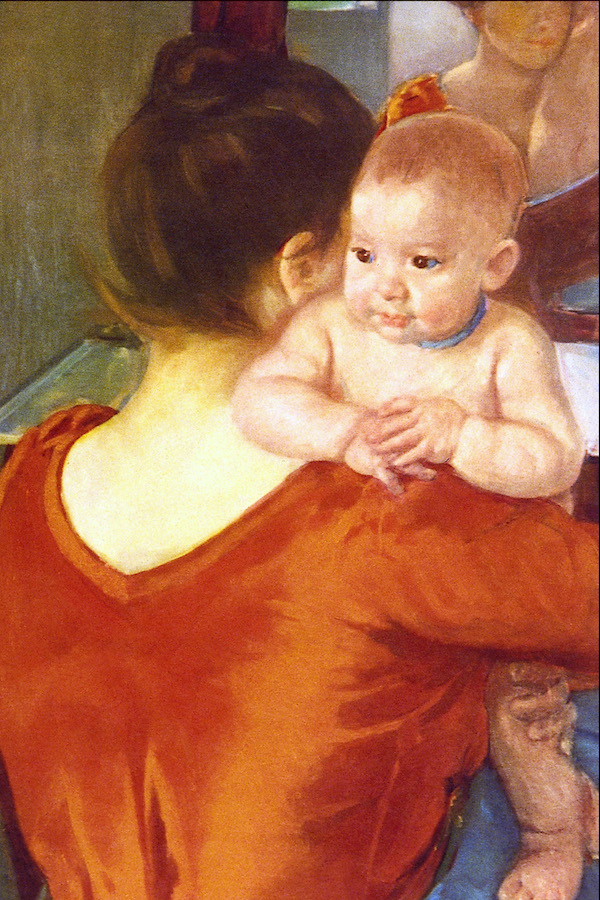
Source: Pictorem 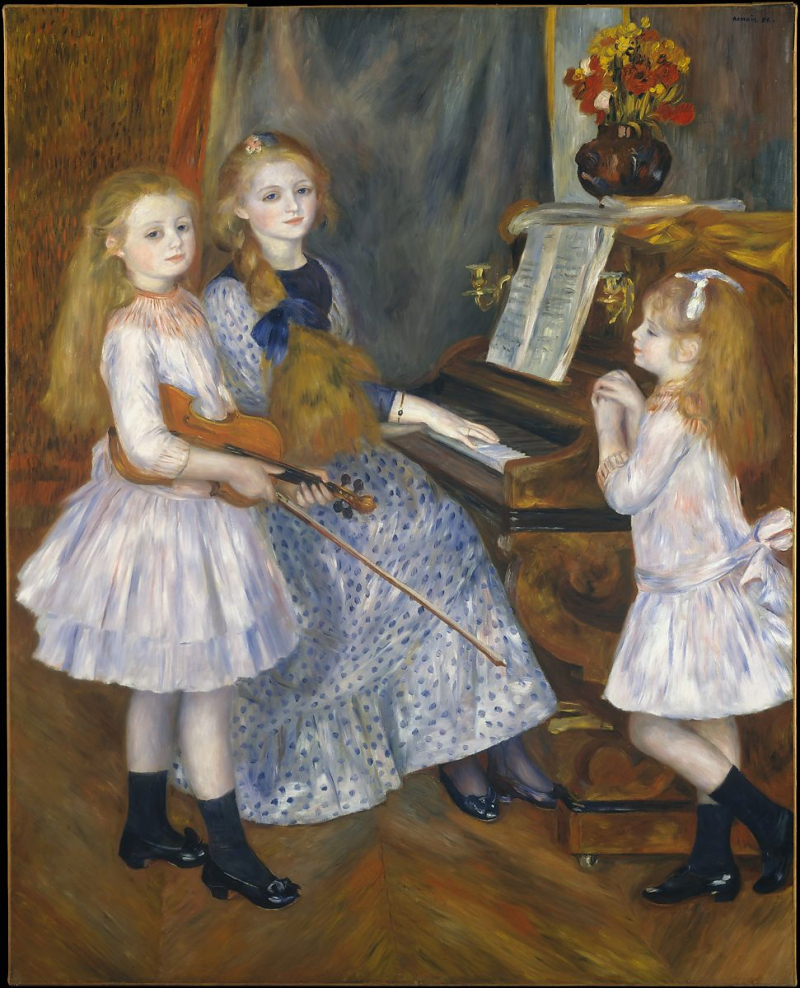
Source: Metmuseum -
One of the most interesting and key facts about Pierre-Auguste Renoir and his art is that Renoir's first love, rather than painting, was singing.Renoir had a special ability for singing as a child. His professors took notice and connected the young Renoir to the then-unknown composer Charles Gounod in order to ensure that his gift did not go to waste. (Gounod would go on to compose Ave Maria, which brought him international renown, as well as several other popular operas.)
Gounod was the choirmaster for the renowned Saint Eustache church boy's choir at the time. Renoir quickly won the composer's affection and was given a place in his choir as well as private singing lessons; later, Gounod offered to provide Renoir with a thorough musical education as well as assist him in obtaining a paid position in the opera's chorus.
The offer, however, was still too expensive for Renoir's family, and Renoir had "a sensation that he wasn't made for that sort of thing," as Jean Renoir writes in her father's biography (meaning life as a performer).
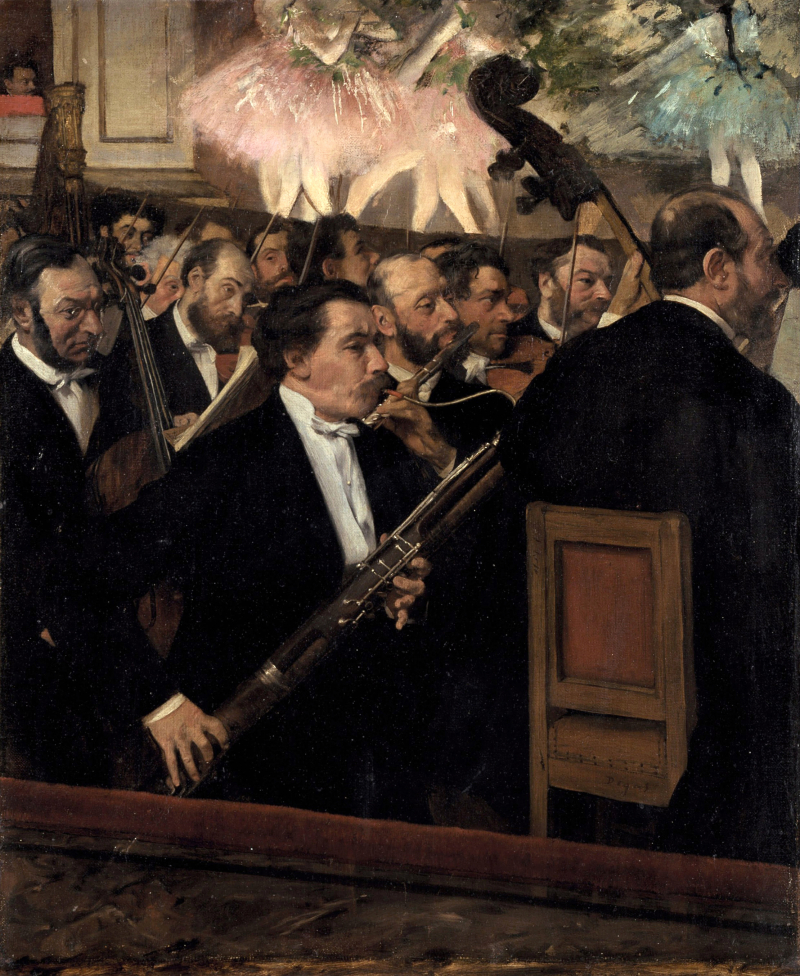
Source: Wikipedia 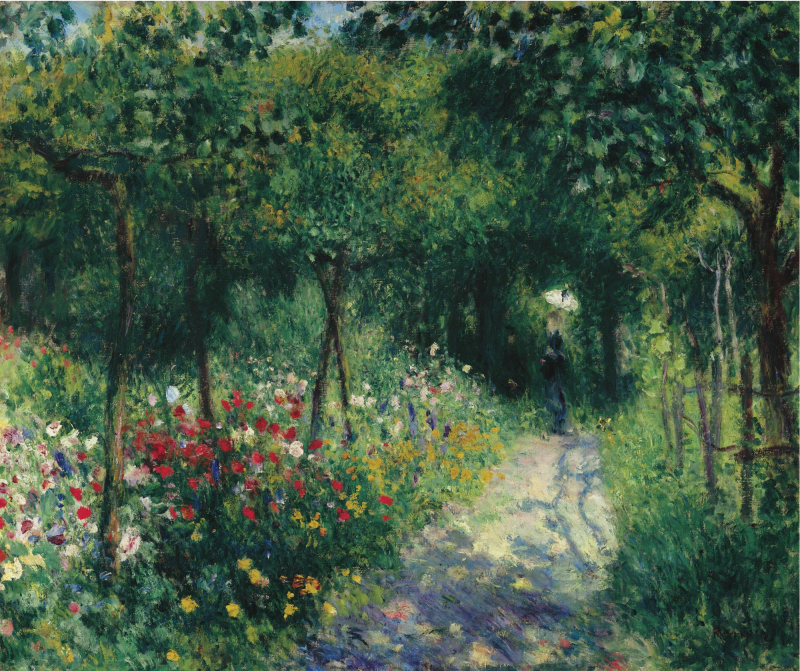
Source: Sothebys -
The Dreyfus Affair was a huge scandal in France that divided the country into pro-Republican Dreyfusards and anti-Dreyfusards who supported the army. The erroneous treason conviction of Alfred Dreyfus, a French artillery officer of Jewish heritage, was the catalyst. Renoir sided with the anti-Dreyfusards in the aftermath of the incident, which caused a schism among the Impressionists. Another reason why many people believe Renoir is anti-Semitic is that Julie Manet clearly mentions multiple incidents in which he talked about Jews in her notebook. He claimed, among other things, that Jews "come to France to earn money, but if there is any fighting to be done, they hide behind a tree," and that "since they keep getting kicked out of all countries, there must be a solid reason."
Barbara Ehrlich White claims in her book "Renoir: An Intimate Biography" that he uttered the words in the company of anti-Semites. She cites evidence to the contrary, such as his presence at the funeral of the Jewish artist Pissarro, his connection with his Jewish sister-in-law, and his frequent exhibitions with Jewish dealers.

Source: The Canadian Jewish News 
Source: jfedsrq -
Rheumatoid arthritis (RA) develops when the body's immune system attacks its own healthy cells. It's a long-term condition that primarily affects the joints, producing pain, stiffness, and edema. During the latter portion of his life, Pierre-Auguste Renoir suffered from severe RA. He could have contracted the sickness as early as 1892, when he was 50 years old. By 1903, the sickness had taken on a more aggressive form, and it only got worse as he got older. In 1912, he had a stroke that left him partially paralyzed in his arms and legs, forcing him to use a wheelchair. Renoir remained a prolific artist in his later years, despite his illness.
He used physical exercise to manage the sickness, despite the fact that it was not known at the time. He had a strong belief in walking and enjoyed playing billiards and bilbouquet, a tough French ball game. Apart from exercise, he relocated to the south of France, which has a milder environment. Renoir struggled to pick up and handle his brush due to increasing abnormalities in his hands. As a result, he requested that others repair the brush in his disfigured hands. Despite his crippled hands, he created more than 400 works of art in the last few years of his life, which is remarkable.
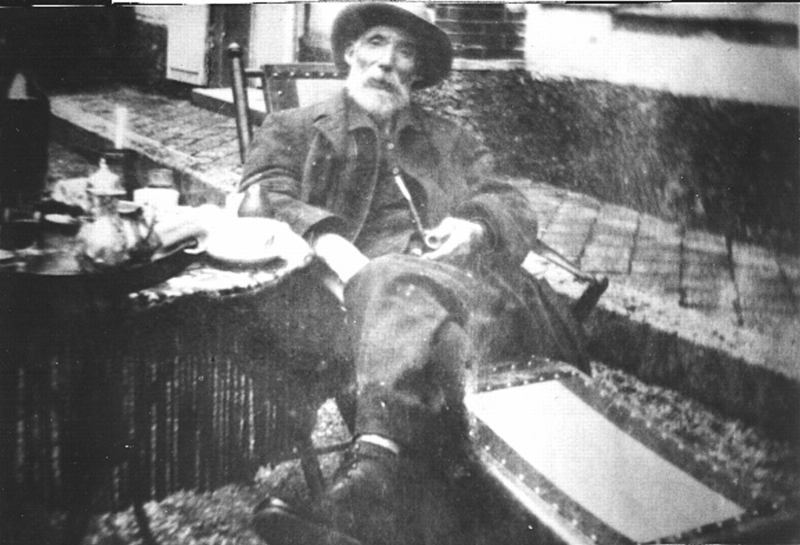
Source: The BMJ 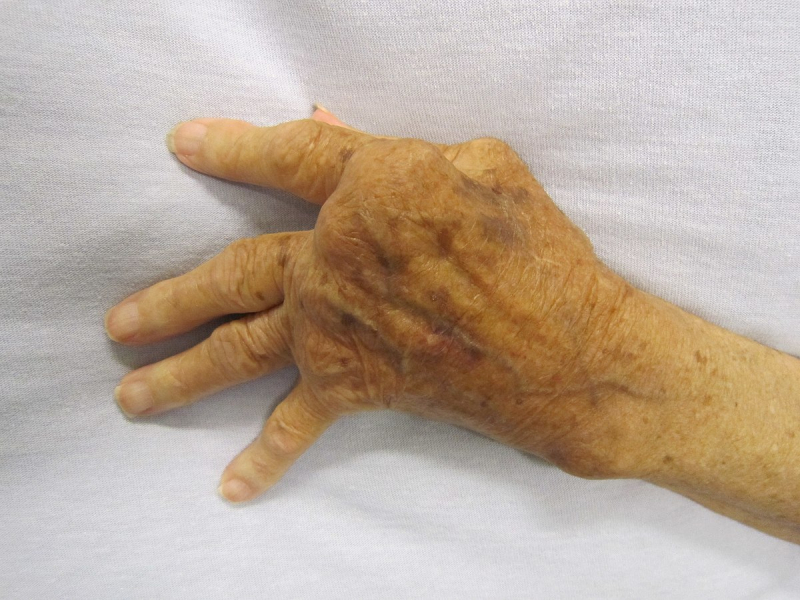
Source: Wikipedia -
Pierre-Auguste Renoir's Bal du Moulin de la Galette is his most famous painting. It was painted in 1876 and represents a typical Sunday afternoon in 19th century Paris at the Moulin de la Galette in the Montmartre area. The Moulin de la Galette was an open-air dancing venue and cafe near Renoir's home that he frequented. The picture is regarded as his best work since it masterfully integrates the art of collective portrait, still life, and landscape painting, among other things. It is considered "the most beautiful painting of the nineteenth century" and is one of Impressionism's most well-known masterpieces.
Ryoei Saito, a Japanese buyer, bought a tiny version of this mammoth piece for $78.1 million in 1990 ($141.7 million in 2021). It was one of the most valuable works of art at the time, and it still holds the auction record for a Renoir painting.
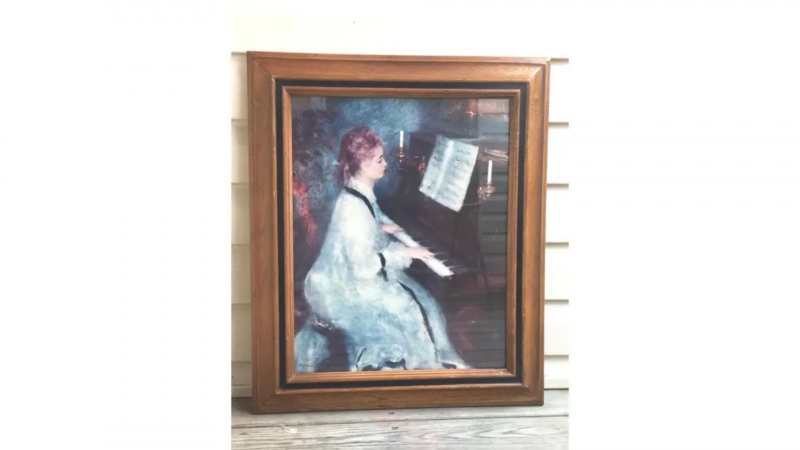
Source: Chairish 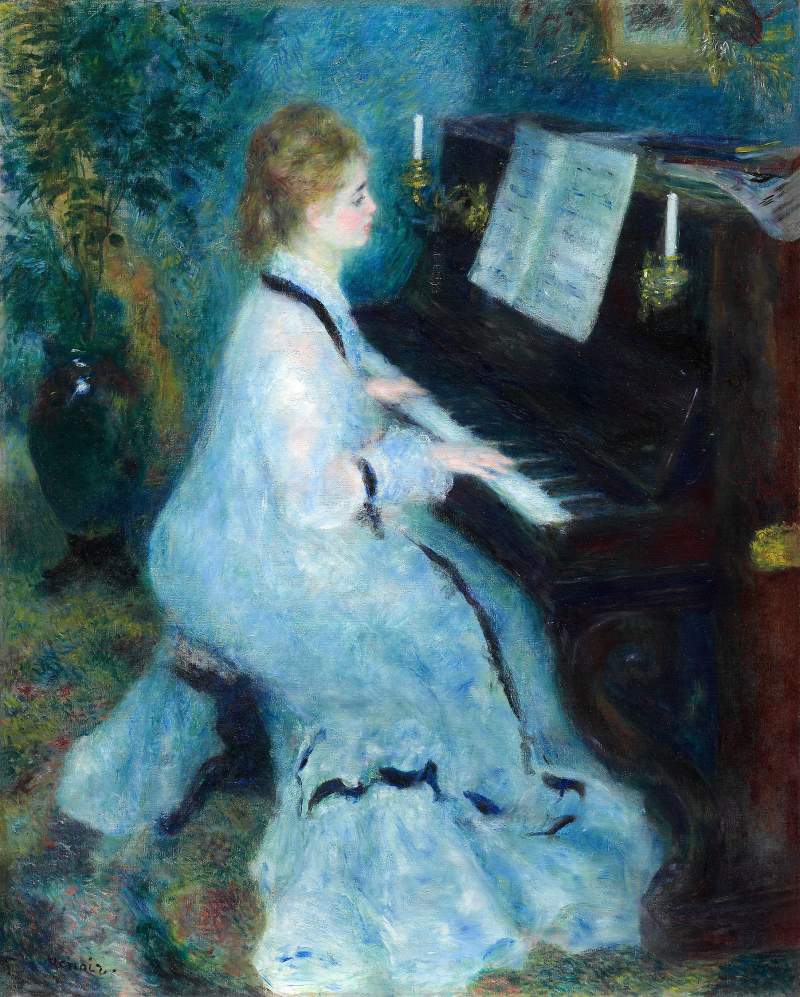
Source: Wikipedia Commons









